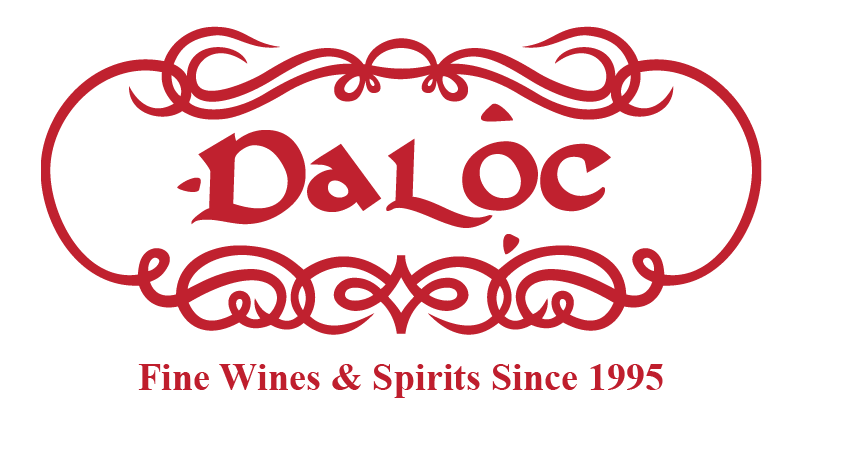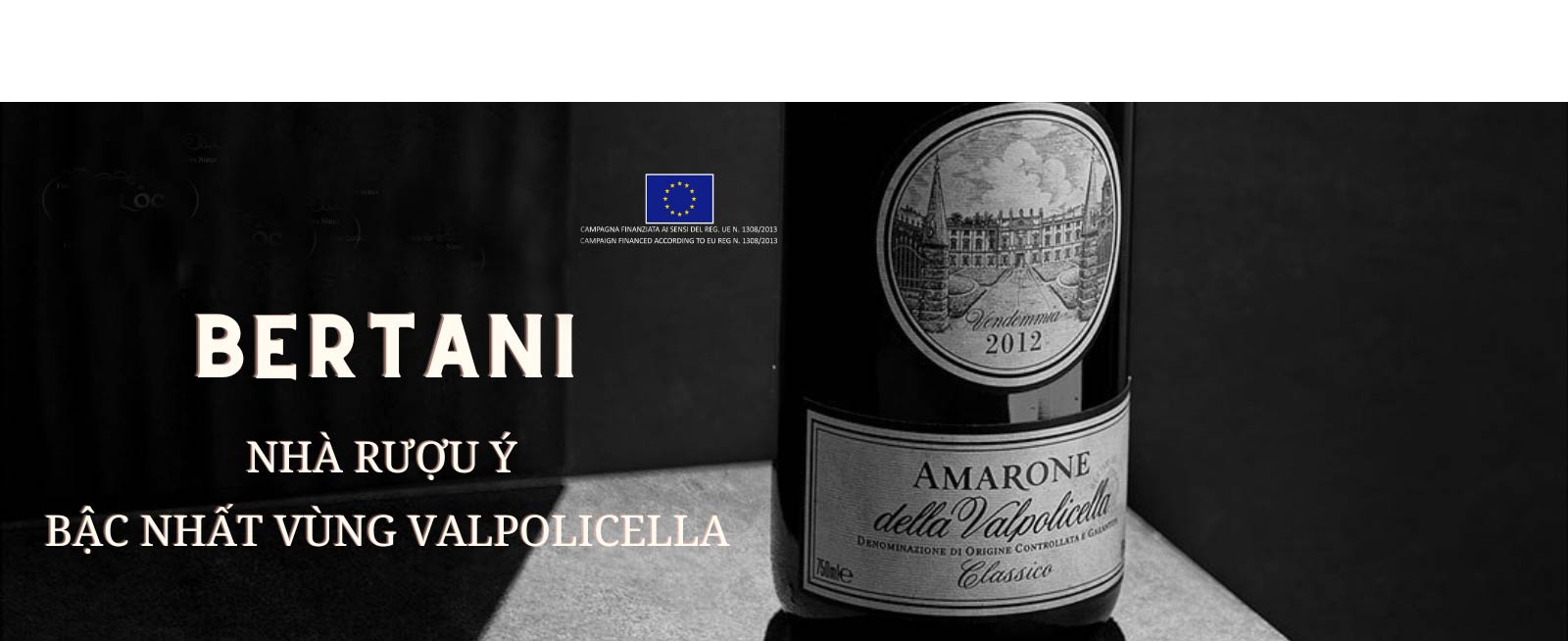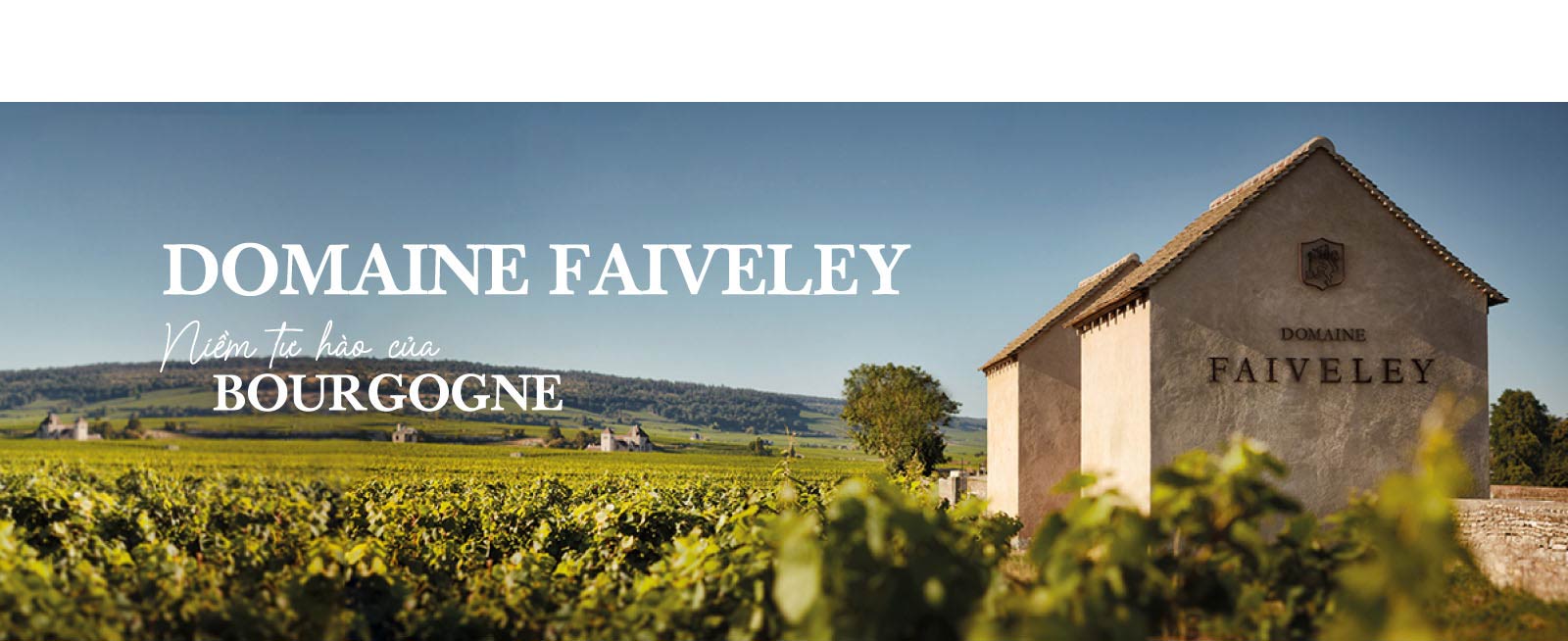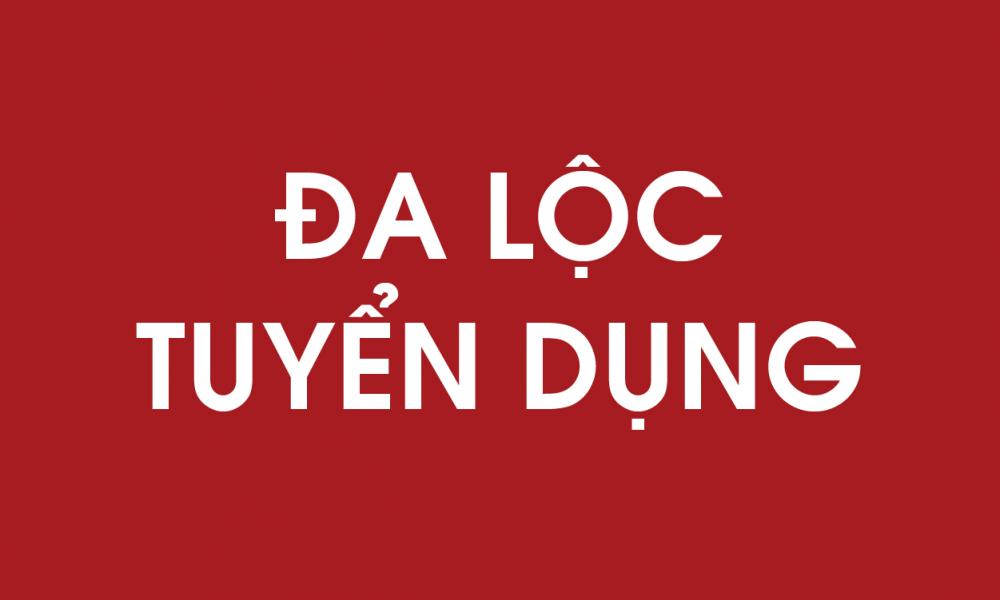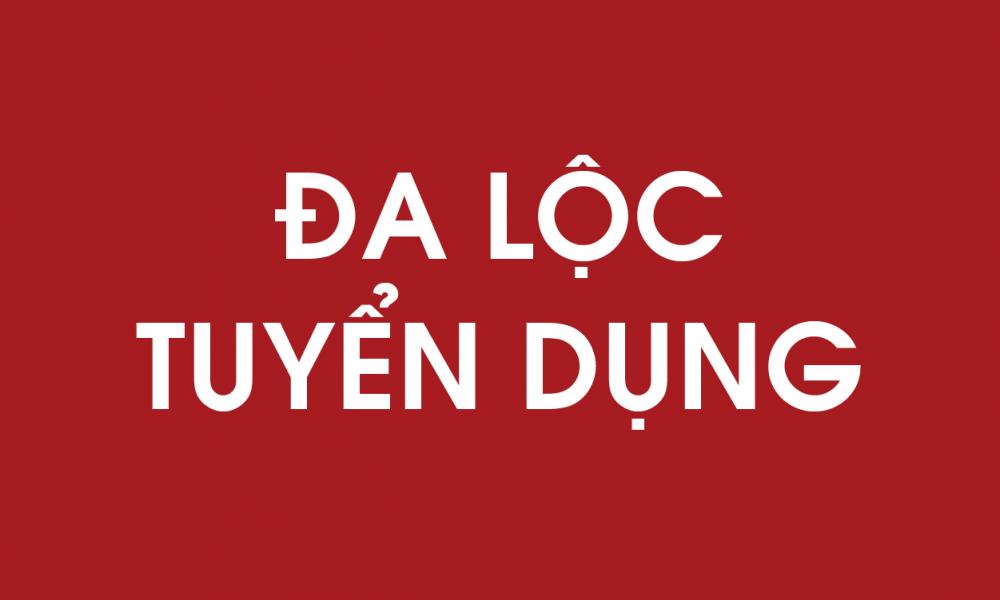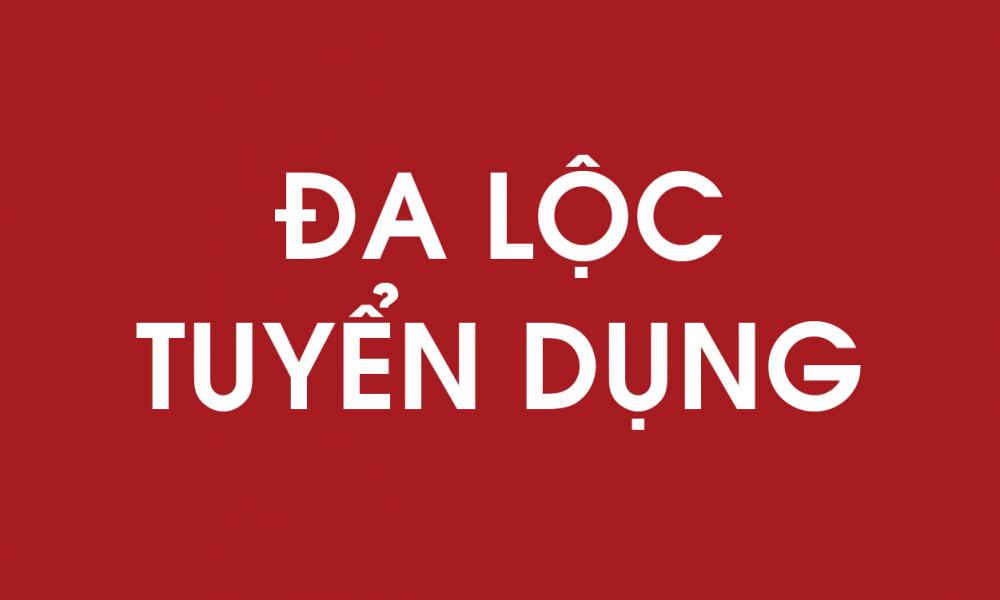Login
You may not know about Burgundy
In the Middle Ages, Christianity was on the rise across the whole of France. Wine then became a sacred drink, symbolizing the blood of Christ. It was a key element in the celebration of Christian rites.
During this time, religion was very important, and bishops and monks had a growing role in society.
The religious communities of the Bourgogne region received gifts from local nobility, often in the shape of land. They established huge estates, which they then enlarged by buying up neighboring plots.
The monks used their land to firstly produce the wine necessary for the celebration of mass. Gradually, through their hard work, they developed the art of winegrowing, improving both quality and yields. As such, they were then able to sell some of their wines. And by the 15th century, the quality of their wines was recognized across Europe. Each abbey and each monastery made certain to maintain the very highest quality production to ensure their reputation
The Dukes of Burgundy ruled the region in the 14th and 15th centuries. The Pinot Noir wine was so beloved that Duke Phillipe outlawed the growing of Gamay grapes in 1395. Later, he also banned manure fertilization, which increased grape yield, but diluted the flavors. In the late 15th century, Burgundy became part of France, which was still a monarchy. After the French Revolution, the church’s land was confiscated and auctioned off to private owners. Over several generations, the land was divided multiple times due to Code Napoléon. This law required that inheritances be divided equally among each child. Today, it’s not uncommon for a chateau to have dozens of owners, with only a few rows each.
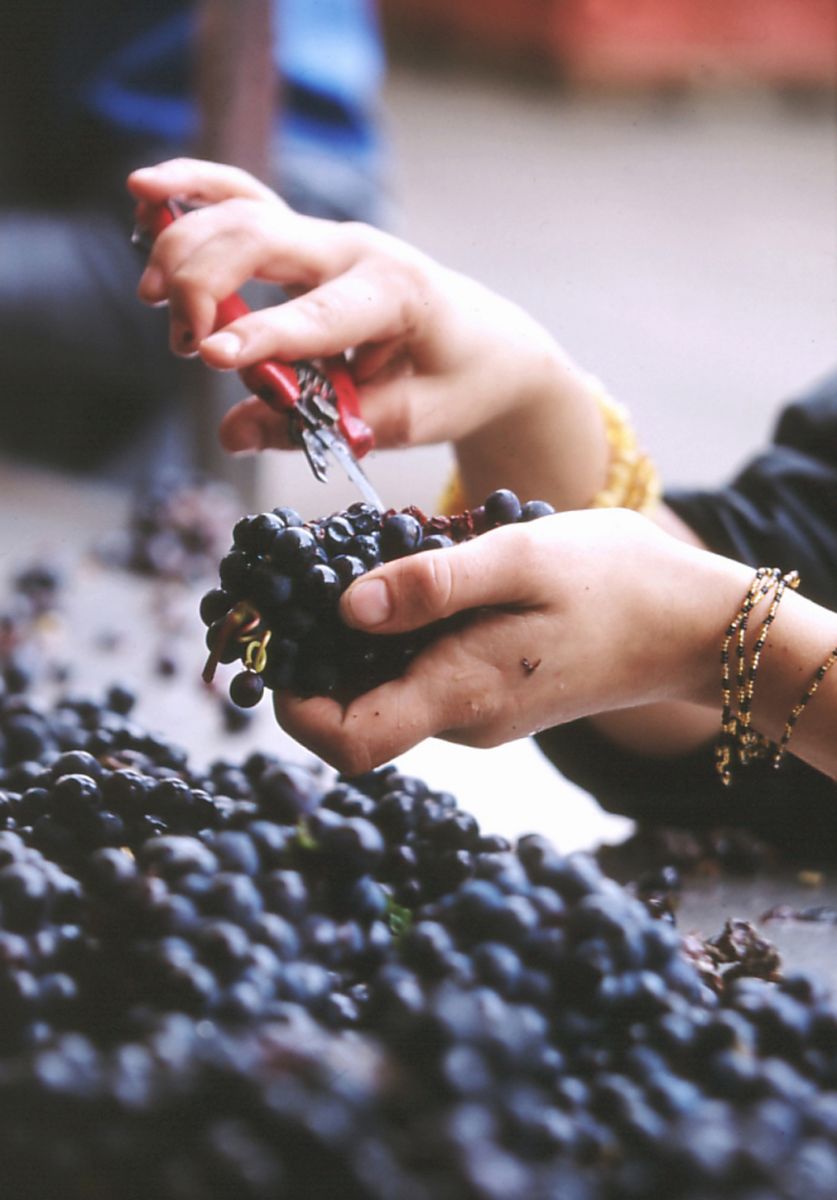
Key element impacts on Burgundy
The regulatory mechanisms and the economic life of the site were structured under the leadership of the cities of Dijon and Beaune, centres of political, cultural, religious and commercial power. The Ducal Palace of Dijon, the Hospices of Beaune and the Clos de Vougeot Chateau represent the tangible trace of these powers. A still active coherent geo-system was gradually set up, consisting of three complementary elements: the vineyards with the wine villages; Dijon, pole of political and regulatory power, as well as scientific and technical support centre; and Beaune, the centre of the wine trade.
Chateaus vs Domaines
One concept that’s important to understand when talking about Burgundy is chateaus vs domaines. While people often use these words interchangeably, the truth is they are different. A chateau would be used to refer to a single estate surrounded by vineyards. On the other hand, a domaine is when a single winemaker owns small parcels of vineyards scattered around different villages and appellations, allowing for an array of options when it comes time to harvest the grapes and make the wine. Burgundy’s best wines are typically domaine wines. Chateau is usually a word referring to Bordeaux, and domaine is usually a word referring to Burgundy.
Négociants, or wine brokers, also also important to understand. These people were once seen as “bad guys” who held all the power in what wine got sold and how much winemakers would make, as small winemakers needed the help of these people to bottle, market and sell their wine. These négociants would buy wine from the little guys, blend it together and sell it as their own. Today, however, it’s a bit different. In the 1960s power began to shift as small winemakers began bottling and selling their wine under their own brand. Because there was little left for the négociants to buy, they were then forced to make their own wine. Today, négociant houses typically own many vineyards across numerous appellations, although with the exception of a few the best Burgundy wines are believed to come from the smaller domaines.
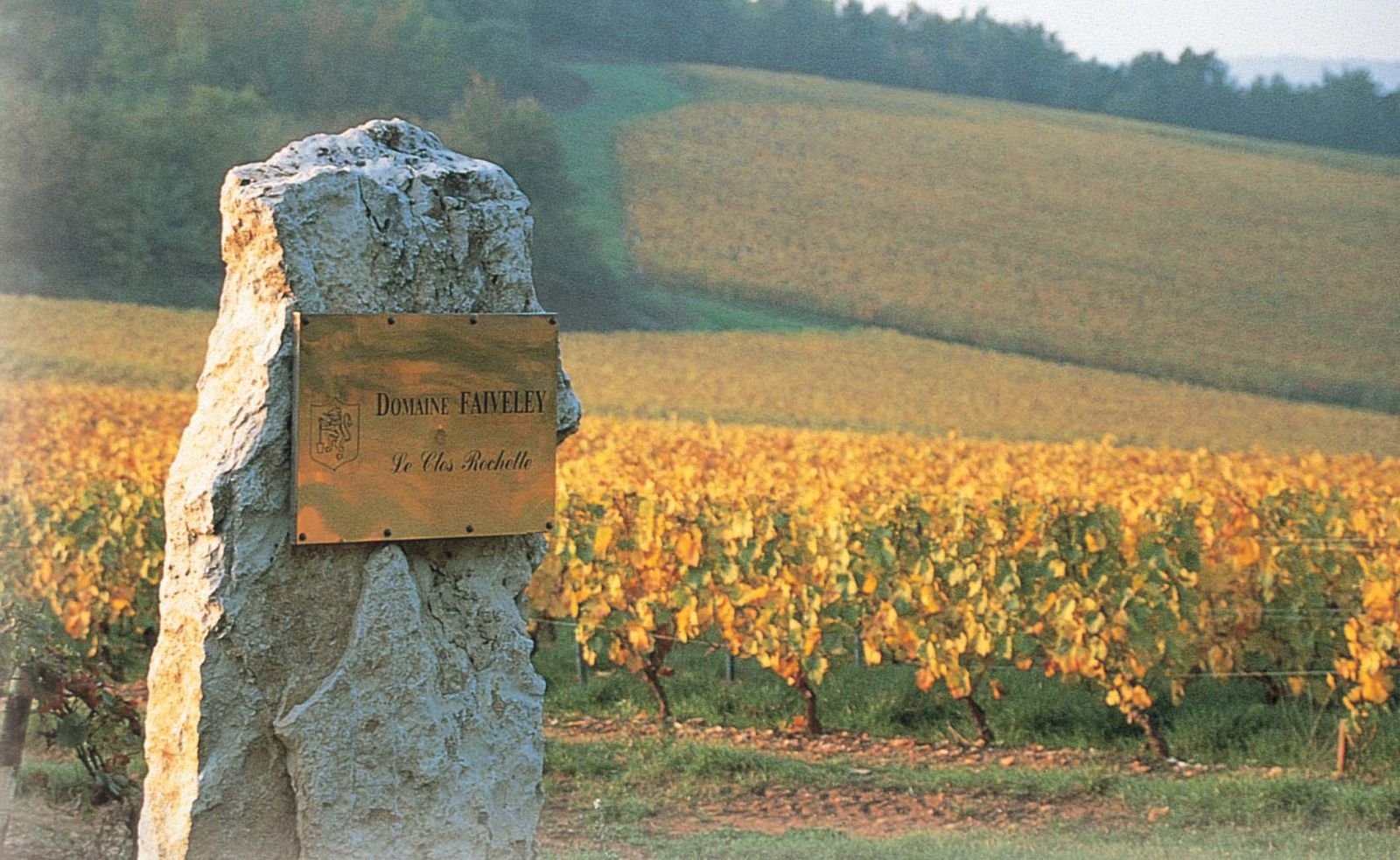
Hospices de Beaune Wine Auction
The most famous wine auction in the world, the Hospices de Beaune Wine Auction takes place during the week-end, in 15, 16 and 17 November 2019. Professionals, connoisseurs and amateurs gather on the weekend of the third Sunday in November for The Wine Festival in the purest Burgundy tradition.
November is a time to give thanks. For wine lovers, it's a time to give thanks for the legendary Hospices de Beaune wine auction that has been taking place in Burgundy, France since 1859.
Hospices de Beaune charity wine auction, the largest wine auction in the world, is the highlight of a larger event known as Les Trois Glorieuses jours de Bourgogne, or The Three Glorious Days of Burgundy, which always occurs the third weekend of November. Activities include performances, a folklore parade and a half-marathon, but the wine is the main focus. November 17 through 19, wineries will compete to be the most creative as they organize tastings for wine professionals, connoisseurs and amateurs.
La Paulée de Meursault
La Paulée is a Burgundian celebration held at the end of the grape harvest. This was once a widespread practice throughout France but now most often refers to the festivities held in Meursault. La Paulée de Meursault is part of Les Trois Glorieuses, "the three glorious days," that take place around Beaune on the third weekend of each November. The first day centers on a Saturday banquet hosted by the Confrérie des Chevaliers du Tastevin at the Château du Clos Vougeot. On Sunday, the renowned auction of Hospices de Beaune wines is held in the beautiful fifteenth century Hôtel-Dieu. The grand finale of this oenophilic trilogy is La Paulée, an extravagant luncheon that starts at noon on Monday at the Château de Meursault and continues well into the evening.
Climat
Climats are precisely delineated plots of land that enjoy specific geological and climatic conditions.
The “Climats”, terroirs of Burgundy, have been inscribed on UNESCO World Heritage List. It recognizes the unique character of the wine-producing area between Dijon and Beaune and as far as Santenay. Outstanding scenery, exceptional built heritage, unique know-how – these are the elements that supported an application that came to a conclusion on July 4th 2015.
Clos
The Clos, an illustration of the Climats of Bourgogne
A Clos is a plot of vines traditionally surrounded with dry-stone walls.
Constructed as far back as the Middle Ages, these walls were destined to protect the vines from the herds of animals which used to pass freely through the villages. Some Clos are among the most reputed Climats such as Clos de Tart, Clos de Bèze, and Clos des Lambrays.
Lieux-dits: intimately linked to the Climats
Lieux-dits are also plots recognized for their own topographic or historical specificities. Their precise geographical location is not registered by the INAO.
A certain number of producers choose to feature the name of their lieu-dit on their labels, such as Pouilly-Fuissé, Le Clos Reyssié.
INAO: Institut National des Appellations d’Origine; a public body responsible for setting out and controlling the regulations for the production of AOC and AOVDQS wines.
Monopole
An appellation or other designated winegrowing region controlled entirely by one winery. Notable examples include Domaine de la Romanée-Conti's Romanée-Conti and La Tâche grands crus in Burgundy and Château-Grillet's Château-Grillet AOC in the Northern Rhône Valley.

Corton
Corton is the only place in Burgundy growing both red and white Grand Crus.
Domaine de la Romanée-Conti Romanée-Conti Grand Cru.
Average Price: $19,702
Maximum Price: $551,314
Romanée-Conti, located on the edge of the Vosne-Romanée village, is the most famous of these appellations. It is also the smallest parcel in France!
Domaine is the same with on the bottle Appellation Romanée-Conti.
Phuong Nam.
